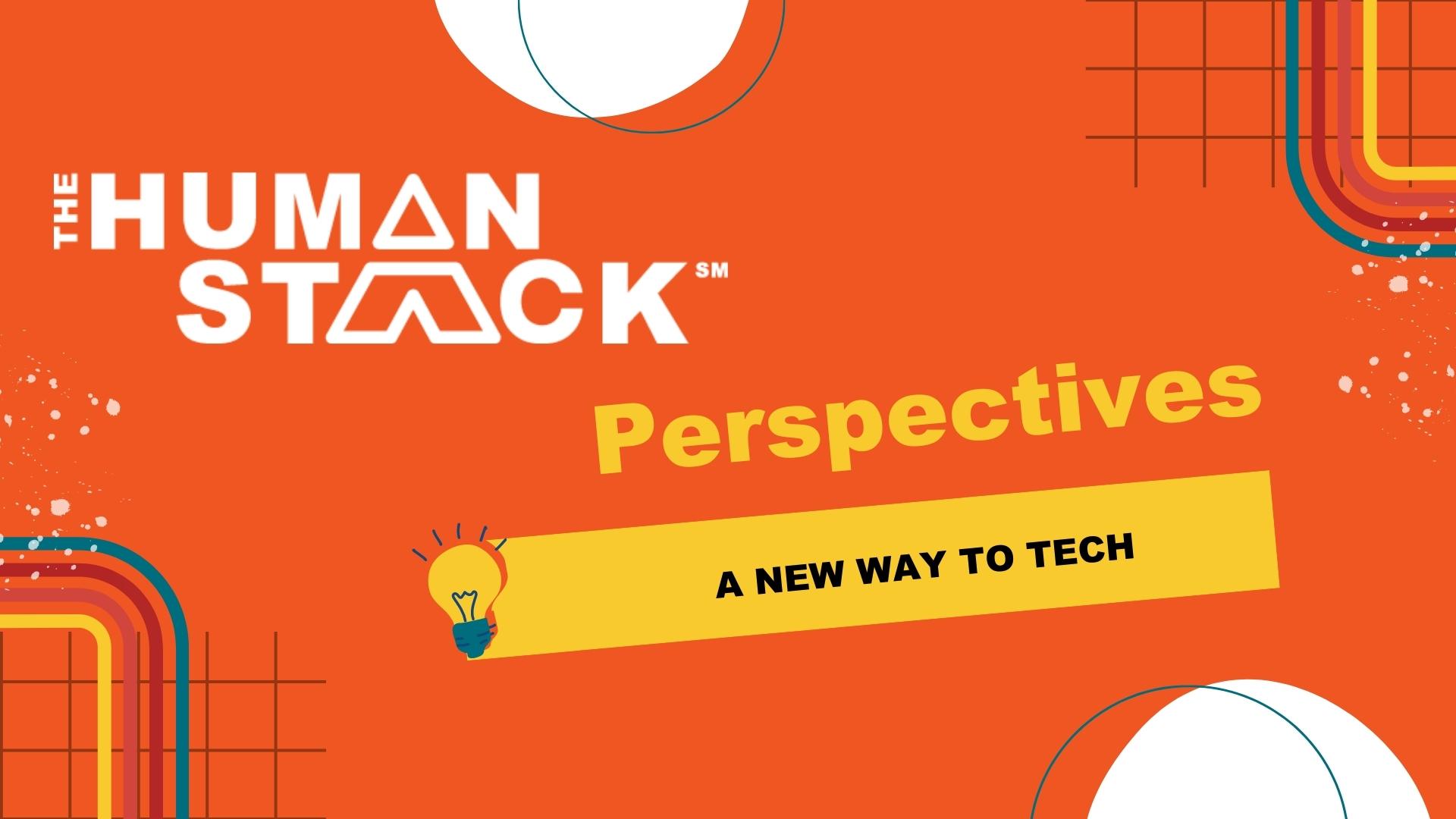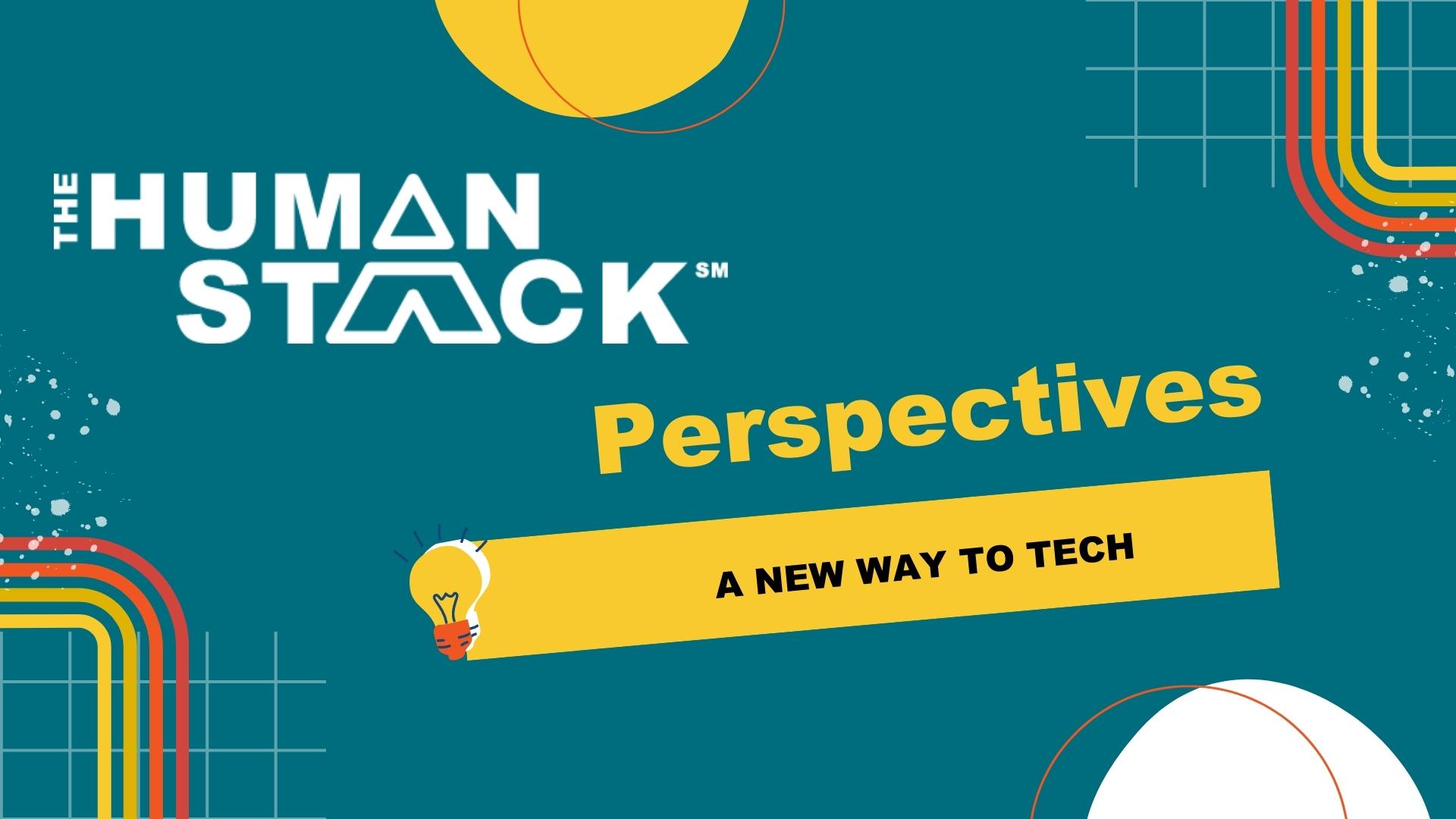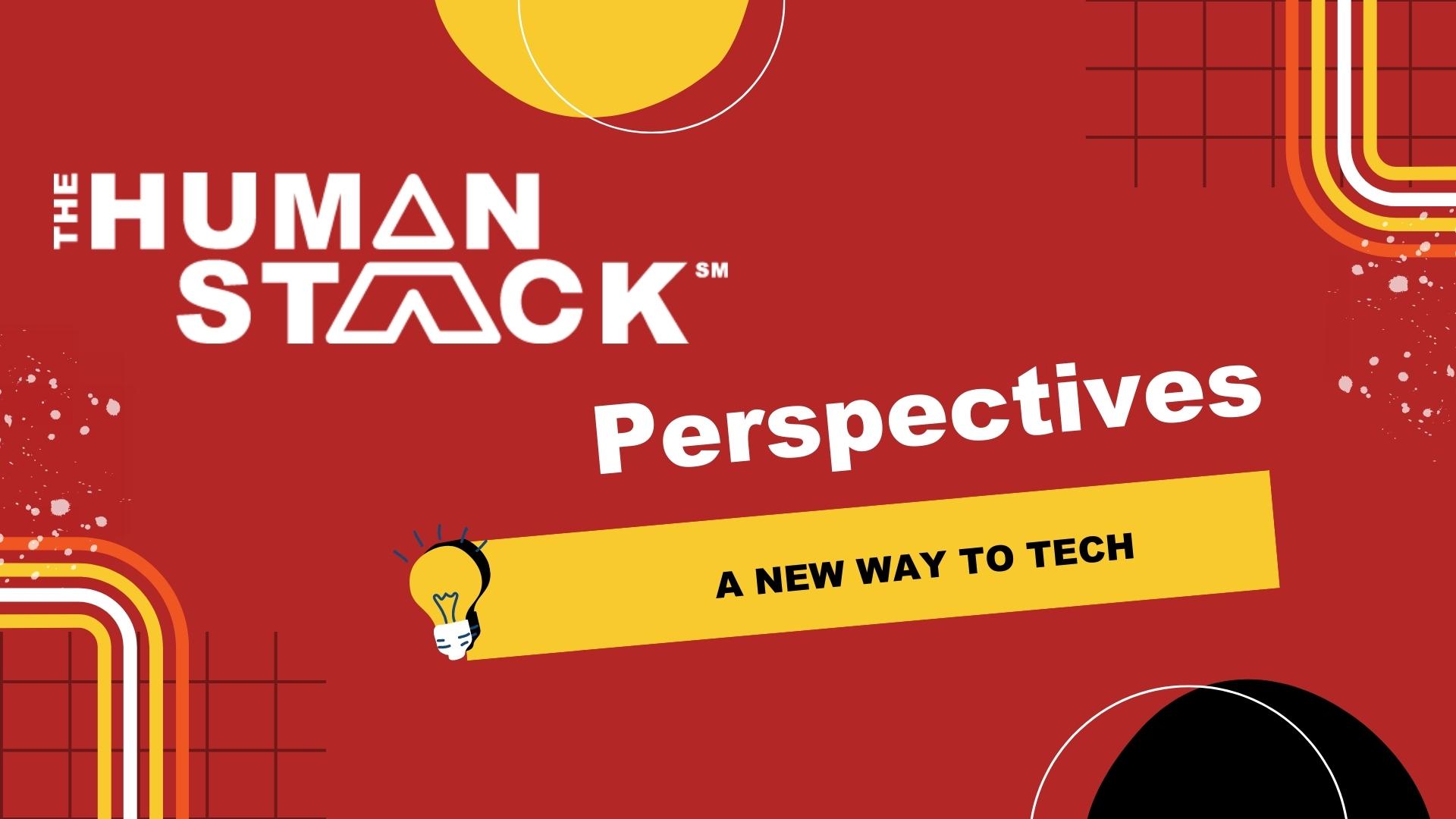3 min read
Why Building a Framework for Feedback is Essential to Your Nonprofit’s Tech Operations
 Tim Lockie
:
February 23, 2021
Tim Lockie
:
February 23, 2021
Only once in a blue moon do nonprofit leaders actually have the budget to hire full-time IT management roles. Roles like a Chief Information Officer or Chief Technology Officer who make the important decisions around the technology your organization uses. Usually, these responsibilities fall in the laps of line staff.
When this happens, it can go one of two ways. One way sees selected staff as enthusiastic adopters of the technology. They buy-in to the technology and learn it well enough to become evangelists who get the rest of the staff on board. They implement input structure and ultimately manage the technology that steers your digital ship. The other way is unfortunately a lot more common. The selected staff doesn’t have a say in the tech that is purchased. It becomes a challenge to implement and adopt the technology on top of their already-demanding workload. This result pushes you further away from achieving your organization’s mission.
If your organization is constantly trying new technology or suffering from burned-out staff, it is not a coincidence. You need to shift the culture and empowerment around IT decision-making. This shift is about giving full voice to the needs across an organization that any given technology solution is attempting to address.
Why You Need to Listen to Your Staff About the Technology They Use
When it comes to the technology that keeps your mission moving, how is your staff doing? No, how are they really doing? Do you have a system in place where they are encouraged to talk about their experiences with the technology they use? It’s not uncommon for nonprofit leaders to falsely believe they have their finger on the pulse.
A lot of times, this can have a detrimental effect on the ability of your organization to complete its mission.
A frustrated staff member who doesn’t have a way to voice their concerns can knowingly, or unknowingly, throw off the data they enter.
Data leads to insights that impact long-term goals. If you’ve experienced technology implementation failures, you may ask yourself what went so wrong. Have you ever considered that the key to preventing implementation failure lies in your staff, and not the technology?
When you implement change that focuses on the people first, you begin to see cracks in the system before they spread into fractures that swallow everything whole. This fracture phenomenon can be prevented by creating an outlet that allows for consistently candid feedback.
Providing staff a reporting mechanism that gives grease to the squeaky wheels (or silent wheels, as it were) works wonders to mitigate staff burnout and improve morale.
Giving voice to complaints, concerns, and ideas often reveals a-ha moments that can steer progress back in the right direction or pinpoint areas to address. A transparent structure for discussing staff’s needs, why they haven't been met, and how to get them met is crucial to successful technology implementation.
How to Get Your Nonprofit Staff’s Feedback on the Technology They Use
By virtue of creating an accountability structure, tensions between staff and executives ease, making way for a better work environment. Not to mention, better adoption of your technology and ultimately achieving your nonprofit’s mission.
To implement your own feedback structure, here’s what you should put into practice:
- Solicit feedback. As a leader, you need to open the conversation. Whether it’s through 1:1 meetings with all levels of staff, a town hall meeting, anonymous surveys, open the channels. Pick the style that works best for your organization, and make it known that all shades of feedback — from complaints to praise — are welcome and taken seriously.
- Talk about it. Whenever feedback is collected, you need to address it. Triaging problems, solving issues, and prioritizing to-dos with members from all levels of staff allows for full transparency. After all, if executives or other departments aren’t involved, it’s like preaching to the choir. If something isn’t working, talk about how it can be fixed. If it can’t, say why. Being transparent builds trust. Trust builds better data. See where we’re going?
- Set up a meeting cadence. Don’t just plan on talking about feedback once or twice and think your work is done. Set up regularly recurring meetings to talk about what’s going on. Weekly or bi-weekly meetings will build trust within your staff that their feedback is being heard, and addressed.
- Measure your progress. Are you solving problems that come from the feedback you’ve received? Well done. Now, create something to measure this progress. For example, the number of issues triaged, or the number of solutions created. Something that allows people to see their voice reflected in the organization.
Get Staff Buy-In By Slowing Down and Listening
As a nonprofit leader, if you have ever wondered why progress wasn’t happening, or why the data just wasn’t right you maybe didn’t think to start with talking about it with your staff. Now that you know how to start getting their honest thoughts about the tech they use, you can confidently go forward with a plan.
But a feedback structure isn’t only good for your staff’s stress. Beyond finding solutions for common problems, you’ll see numerous, long-lasting benefits for you and your organization’s mission. Such as:
- Data improves. When you create a feedback structure, you start putting the right solutions in place to address data issues. Better data equals better strategic objectives.
- Staff becomes invested. Staff who know they’re being heard feel a stronger sense of belonging at your organization and ownership in the work they do.
- You establish accountability with your team. Meetings that don’t occur in an echo chamber create a sense of shared responsibility.
- You move forward. Your team gets on the right path to making real progress on your technology implementation roadmap.
A satisfied staff is one that knows they’re being heard and has agency in decision-making that directly impacts them. Implementing a solid feedback system to ensure transparency, accountability, and action between staff and leadership forms stronger relationships that pave the way for long-term success.






